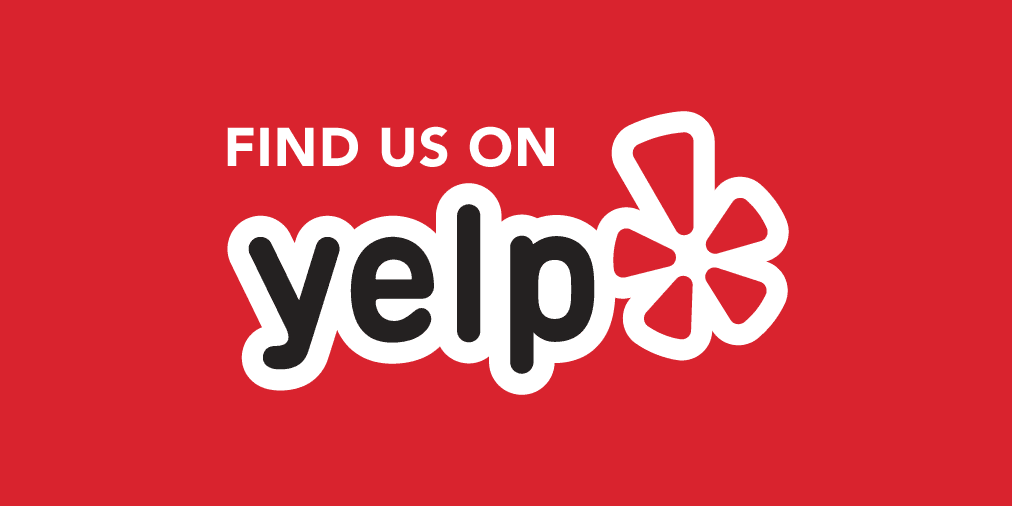On March 30th, 2015, the self-made rapper, record producer, and entrepreneur millionaire, Jay Z, launched Tidal – an ad-free, high-quality streaming music subscription service. Jay Z’s vision to revolutionize the way people approach music sparked a powerful disruption to the music industry. Considered to be the Avengers of Music, Jay Z received support from Rihanna, Deadmau5, Jack White, Alicia Keys, Madonna, Kanye West, Beyonce, Jason Aldean, and Daft Punk, which got everyone talking about it and creating serious buzz. These heavy hitter artists banked on igniting viral momentum for Tidal’s launch, but unfortunately, they fell short.
Tidal’s marketing launch was short lived.
Musicians have felt undervalued for as long as we can remember. So, what better way to create a music revolution than with the industry’s hottest artists? Unfortunately, the industry’s leading artists did not have enough pull for people to drop their current streaming applications and move to Tidal. Even with the application’s high-fidelity (HiFi) sound, its fuller and  warmer tones that emphasize bass did not make up for high prices and application bugs.
warmer tones that emphasize bass did not make up for high prices and application bugs.
Where did Tidal go wrong?
From a user perspective, listeners were not looking to find a replacement for their current service. Spotify, a leader in streaming music, provided reasonable pricing and a supportive platform for users to reach new artists rather than bootlegging free songs off the Internet.
For Tidal, their focus seems strictly on the artists rather than their users. The perception was that Tidal created an exclusive club for the highest paid and well-known musicians to come together and charge higher fees for a slightly higher quality sound. The lack of importance for new artist growth was also lost in translation. Artists like Mumford & Sons and Death Cab for Cutie publically stated they would never join Tidal, even if they were asked. Ben Gibbard, front man for Death Cab for Cutie commented saying that the Avengers of Music were being “whiny millionaires.”
We believe Tidal meant well with their launch, but the angle they chose wasn’t enough to sustain their good intentions. The music streaming application’s marketing strategy wasn’t a strategy; it was a campaign that had limited support after media music critics got to it.
Next Steps for Tidal
Jay Z is still a strong and well-backed entrepreneur that has the resources to figure it out. Moving forward, a shift in vision will only look worse so he needs to embrace it. His goal should be to, indirectly, get users to move to Tidal by way of creating exclusive partnerships with music artists. To cater directly to users, Tidal also needs to create a better application both for desktop and smartphones. This will make the increased pricing of $19.99 for HiFi worth it if someone can access music with ease.
Creating a revolution for the way people approach music isn’t going to be easy. It will be hard work and it won’t happen overnight. As long as Jay Z remains persistent in his vision, we won’t be surprised when Tidal begins to gain substantial market share down the road. Moving quickly will also be necessary since competition like Apple Streaming Music and Spotify won’t make it easy to compete.
Word on the street is that Jay Z is planning to transform Tidal into an entertainment hub for social media and entertainment content. There may also be additional features that provide links to upcoming concerts with ticket purchasing as well as merchandise stocks.








